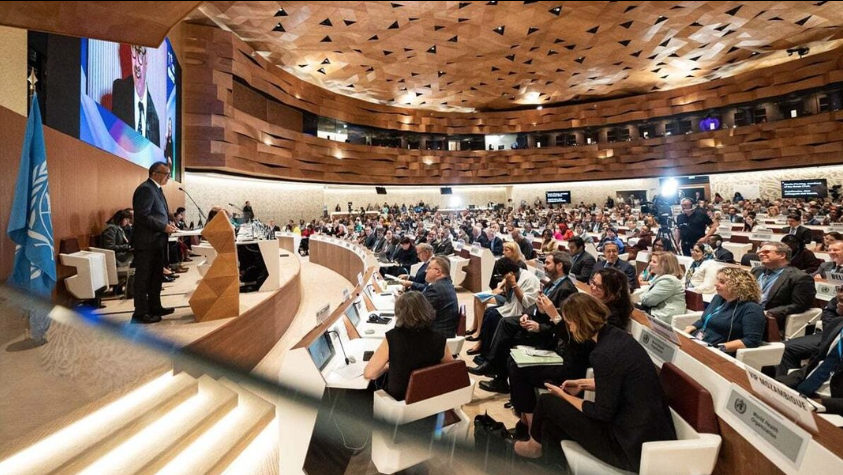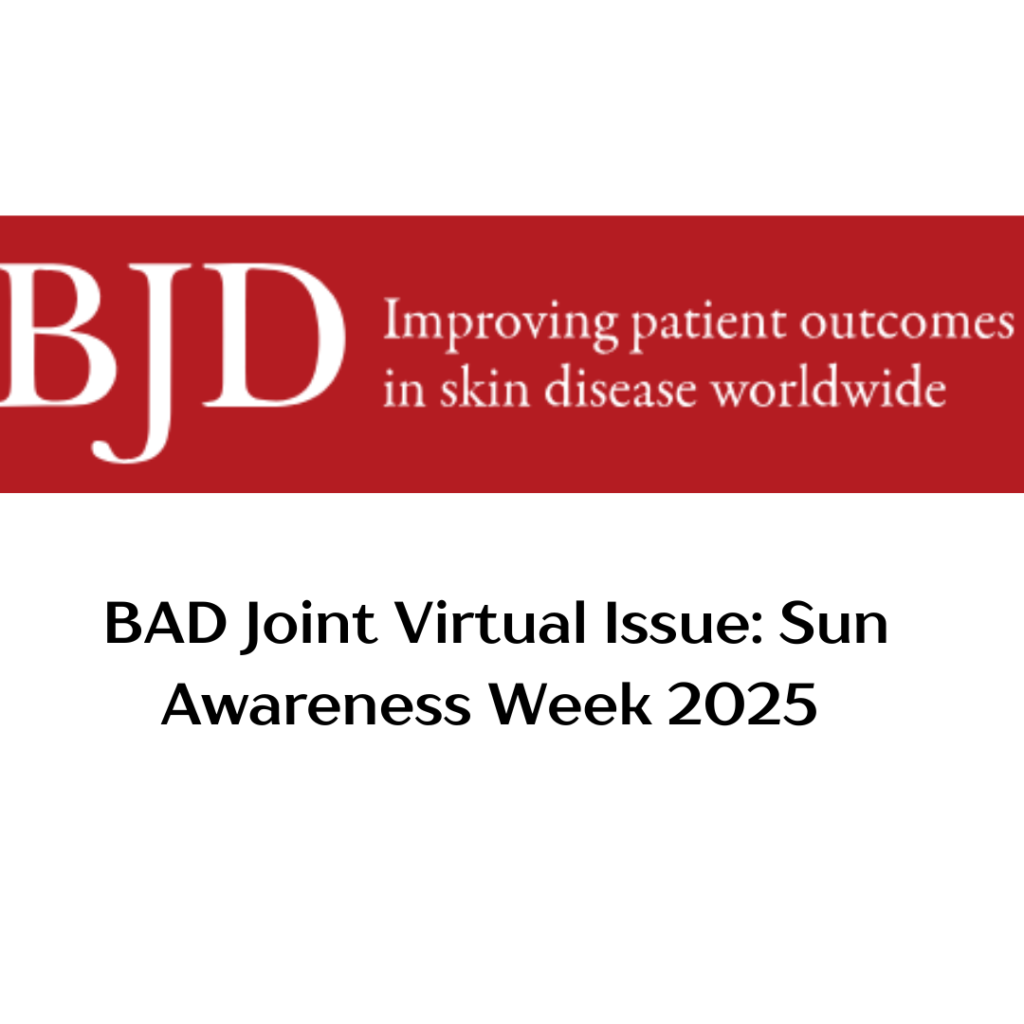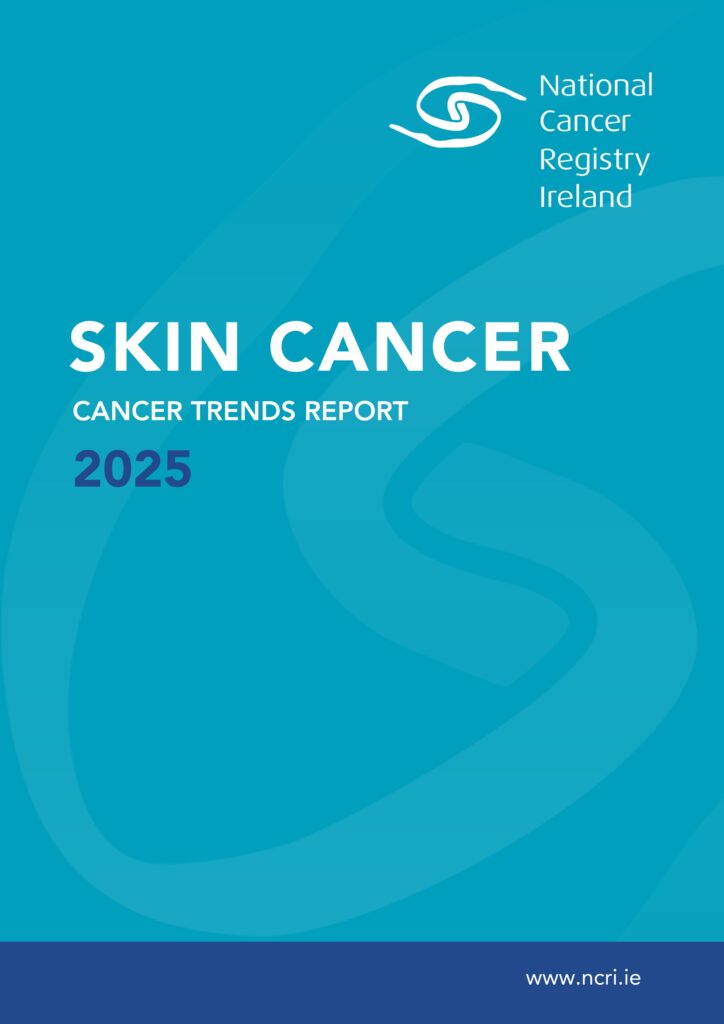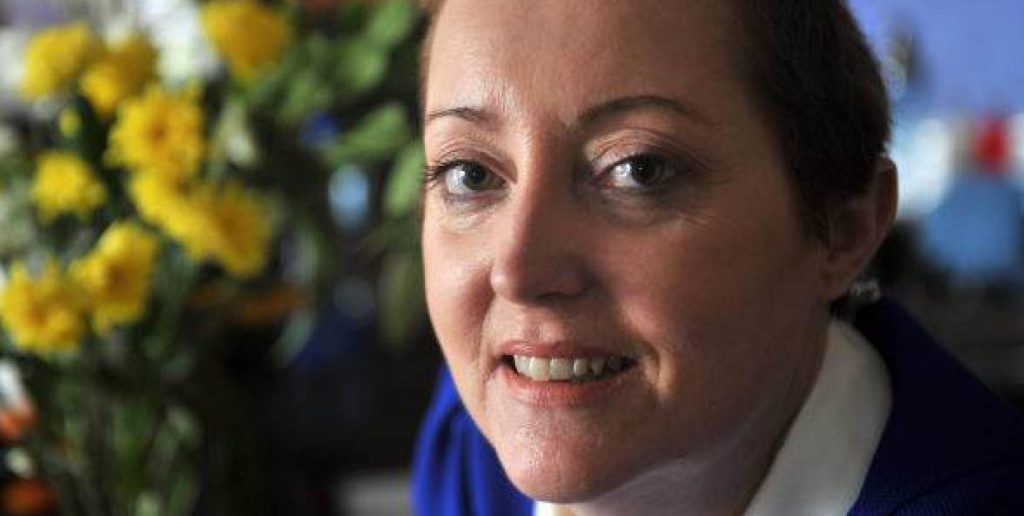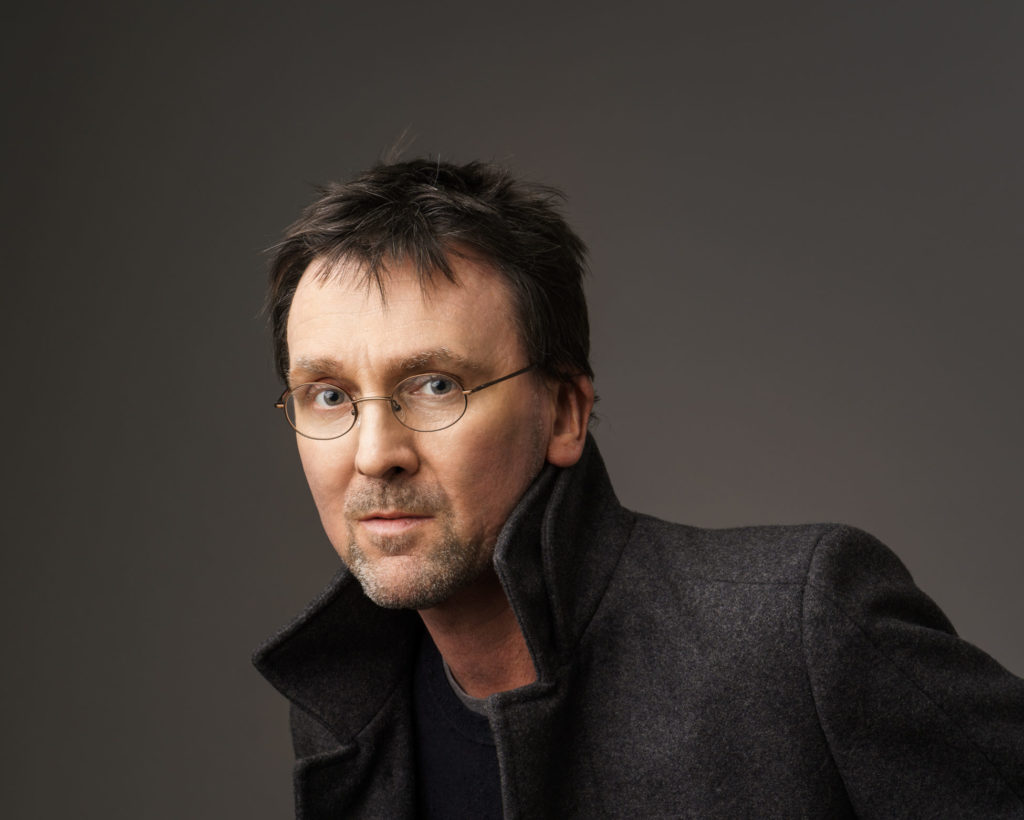An Irish study presented at the British Association of Dermatologists (BAD) annual meeting last week has found that the average age at which young people start using sunbeds is just 12 years old.1
The research, involving 755 secondary school pupils from across Ireland, is the country’s largest study ever undertaken looking at avoidable skin cancer risk factors among the 14-18 age group.
The aim was to assess sunburn history, sun-protection habits (including sunscreen use), sunbed usage rates and attitudes towards sun and sunbed exposure among teenagers.
Eight per cent of respondents had used sunbeds, increasing to 11 per cent in the capital city, Dublin. Worryingly, six per cent had used sunbeds over 25 times in the previous year. The average age of sunbed use was 16.2 years, with the average age of first sunbed use being 12.9 years. The youngest age of reported use was, shockingly, seven-years-old. Further to this, only 26 per cent of sunbed users had been given any advice prior to use and 66 per cent of users were left unsupervised.
In 2009, the WHO’s International Agency for Research on Cancer (IARC) reclassified the ultraviolet radiation emitted by sunbeds to a ‘group 1 carcinogen’ (i.e. one that is carcinogenic to humans) and in the same category as tobacco and plutonium. “Last year, the Public Health Act banned under-18s using sunbeds; in 2015 warnings were introduced and all health claims banned. This good progress but we clearly need more education, awareness and information about the dangers of sunbeds directed towards young people”, according to Selene Daly of the Irish Skin Foundation, dermatology nurse and co-author of the study.
The study also found that 91 per cent of students had been sunburned. Teenagers were twice as likely to apply sunscreen regularly while abroad on sunshine holidays, than to apply it during the summer months in Ireland, suggesting a lack of understanding that sunburn can occur at home as well as abroad. 42 per cent of sunbed users were male, and most teenagers used sunbeds in beauty salons (29.3%). 20 percent were spending 11 to 30 minutes at a time on sunbeds, a worrying figure since 20 minutes on a sunbed can be equivalent to spending four hours in the sun.
86 per cent of sunbed users believed that a tan makes you more attractive; 81 per cent believed a tan looked healthy; 61 per cent thought that sunbeds are a good way to create a base tan before going on holiday; and 53 per cent believed sunbeds to be a good treatment for acne. Whereas 72 per cent of non-sunbed users believed a tan makes your more attractive; 70 per cent thought a tan looked healthy; 22 per cent thought it useful to create a base tan; and 18 per cent believed sunbeds to be a good treatment of acne.
Indoor tanning placing users at a 48 per cent higher risk of developing non-melanoma skin cancer. 72 per cent of interviewed sunbeds users were aware that sunbeds were harmful, suggesting that concerns over skin cancer are being outweighed by the desire to be tanned.
Miriam Fitzgerald, co-author of the study said: “Studies have shown that first use of a sunbed when aged under 35 years increases the risk of later developing melanoma by 75 per cent, so our findings that eight per cent of teenagers are using sunbeds is a worry. Even more concerning is that those who use sunbeds are starting, on average, at age 12. National legislation banning the use of sunbeds by persons aged under 18 years was introduced in 2014, four months after our study ended. We plan to revisit schools to assess whether the ban, once established, has any effect on the above results.
1 Ambient and sunbed ultraviolet radiation exposure: exposure rates, protection habits and attitudes of Irish teenagers aged 14–18 years before introduction of national sunbed legislation M. Fitzgerald, S. Daly, D. McKenna, J. Bourke and A. Kelly, presented at the British Association of Dermatology annual meeting, 7th July 2015.

